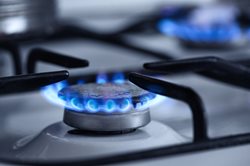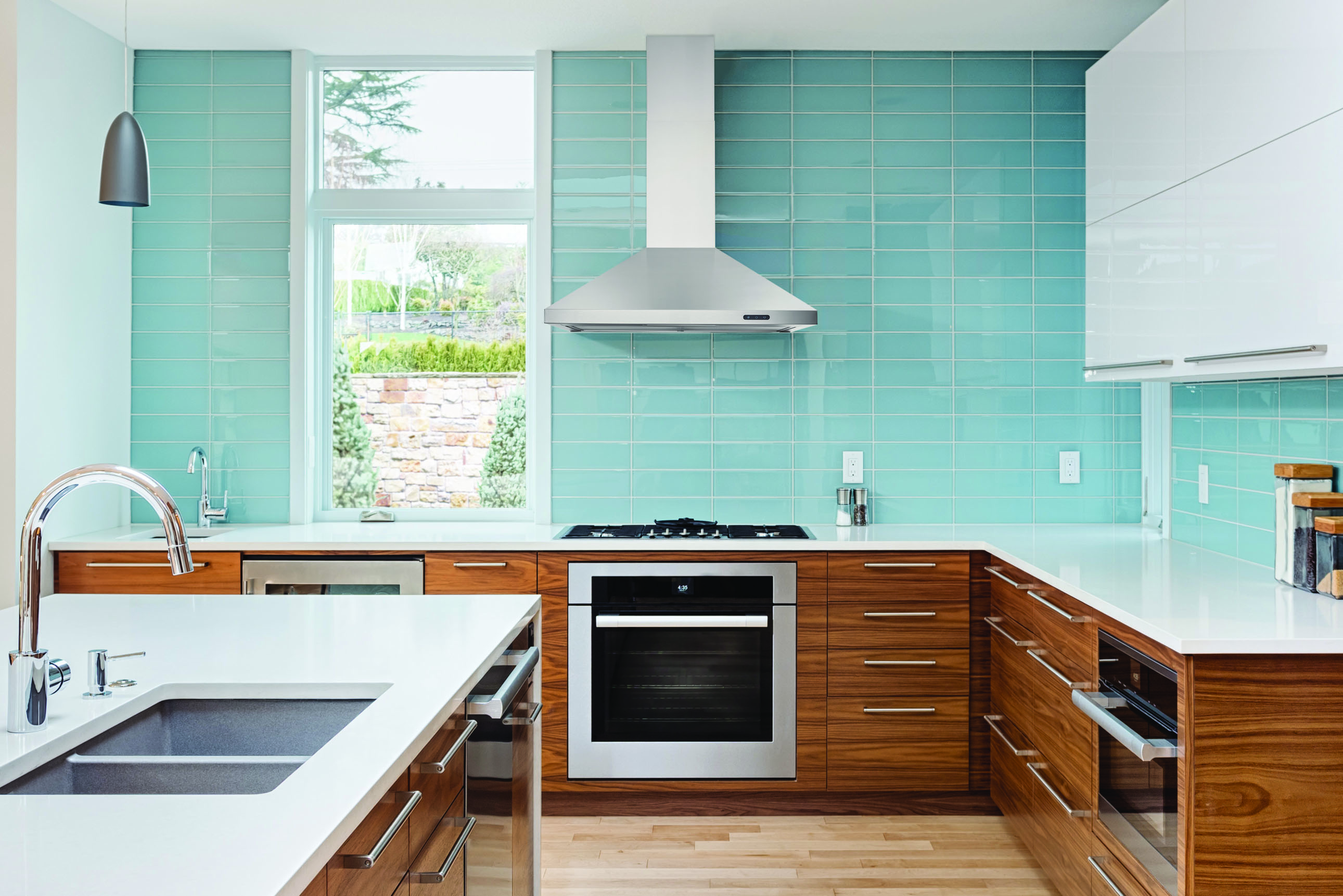Why Are They Banning My Gas Range?

Expect to read and hear more about gas range bans as states and municipalities take up legislative action. In May of 2023, New York State put a proposal to ban gas in new homes into its budget. But fear not; you will be grandfathered in if you already have a gas range. These recent bans are directed at new construction.
Why are natural gas bans happening?
We discussed that topic with Matt Power, Editor of Green Builder Magazine, in an episode of our podcast, but the gist is that gas is a fossil fuel and, when burned, it releases harmful combustion fumes, such as carbon dioxide and nitrogen dioxide, into your home. According to a recent Forbes article, there are studies that show that “fine particulate matter and nitrogen dioxide are associated with accelerated age-related cognitive impairment, and Alzheimer’s disease and related dementias.” Since we're not environmental experts, we'll set aside any climate or environmental arguments. But where we can make a statement is in ventilation.It doesn't matter what type of range you use; fumes, oils, smoke, and small particles are coming off your range. If you have a natural gas or propane range, additional fumes and pollutants are being produced. But that doesn't mean you must run out and replace your beloved gas range with an electric or induction range. What you should do, is make sure you have proper ventilation.
What is proper kitchen ventilation?
.jpg?width=650&height=432)
Proper ventilation in a kitchen is a correctly sized, externally vented range hood over your stovetop.
Your range hood should be at least as wide as your range. The most common width is 30 inches. Your hood should also extend far enough to capture the stuff coming off the front burners. Unfortunately, this means that almost every over-the-range microwave will not cut it. Most people cook on the front burners. If your kitchen ventilation doesn't cover them, you're breathing in all the combustion fumes, smoke, grease, and other pollutants from your range.
Range hoods should be vented outside.
Doing so ensures the pollutants are removed, not just spread around. That said, if all you have is a recirculating range hood or over-the-range microwave, make sure it has a charcoal filter and that you replace it often. This will capture the larger particles but won't take care of dangerous fumes such as carbon dioxide or nitrogen dioxide.And, yes, you have to run your range hood. Yes, they can be loud. But a short period of noise is far better than breathing in harmful gasses, which could exacerbate asthma and lead to other respiratory illnesses. The steam and grease from your range can damage wood cabinets and make cleaning difficult.
At the very least, turn on any ventilation you have in the home (likely bath fans). The best option is a range hood and a fresh air system. Fresh air systems bring fresh, filtered air into the home and exhaust stale, polluted air. If you don't have a fresh air system, open a window, but make sure the air outside isn't worse than the air inside before doing so. And remember that your furnace/air conditioner does not remove air or bring in fresh air, so running it won't necessarily solve your noxious fumes problem.
Proper ventilation will ensure a healthier home whether you have a gas range, wood burner, or induction stove. Learn more about indoor air quality and how it can give you a better quality of life by subscribing to our newsletter and podcast or by checking out our IAQ library.

 English
English
 English
English